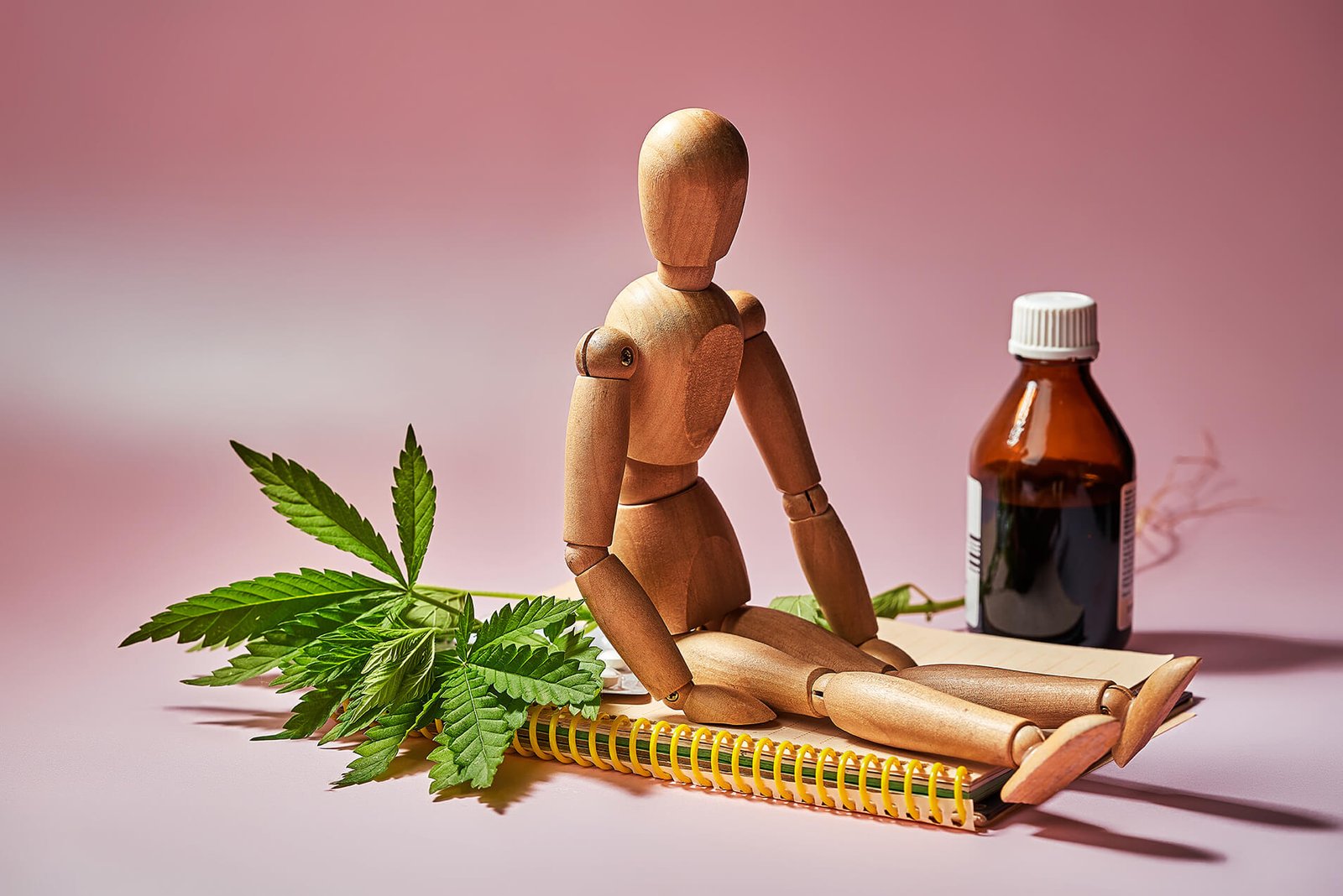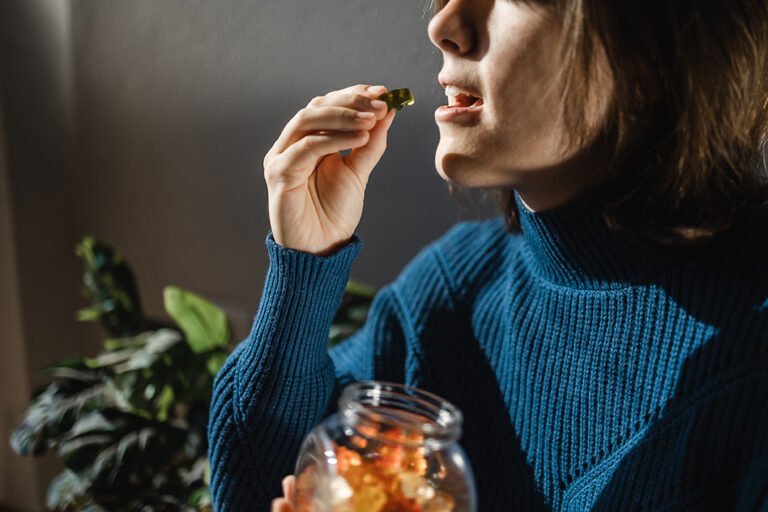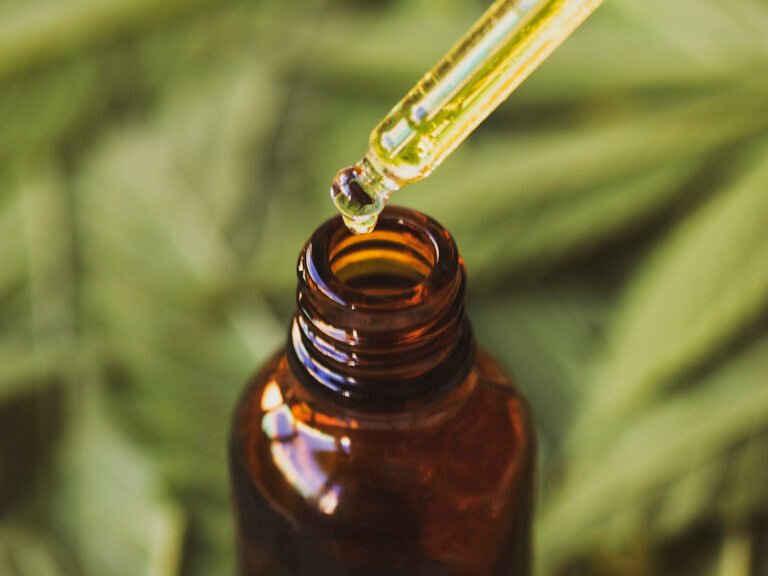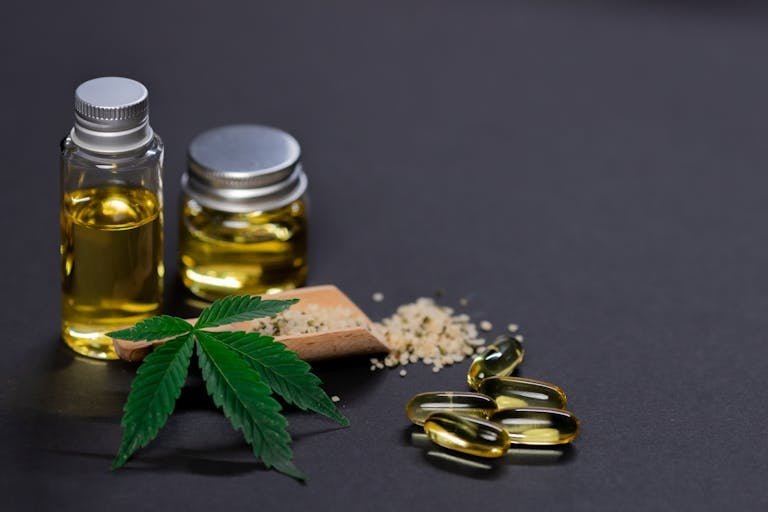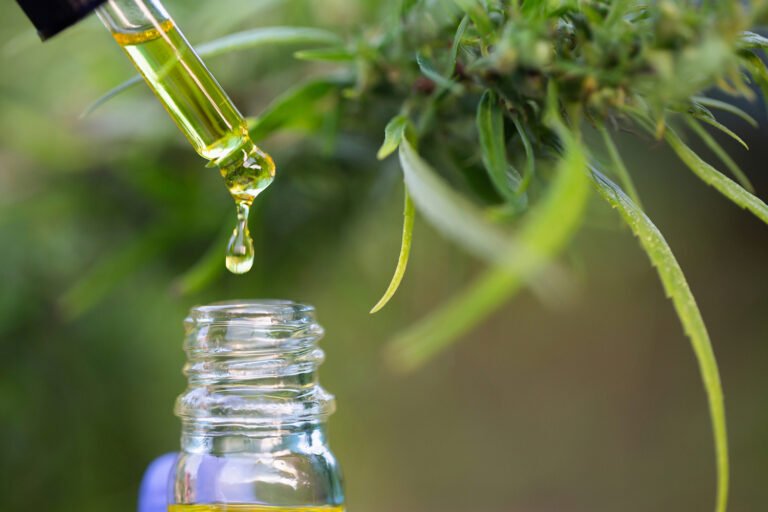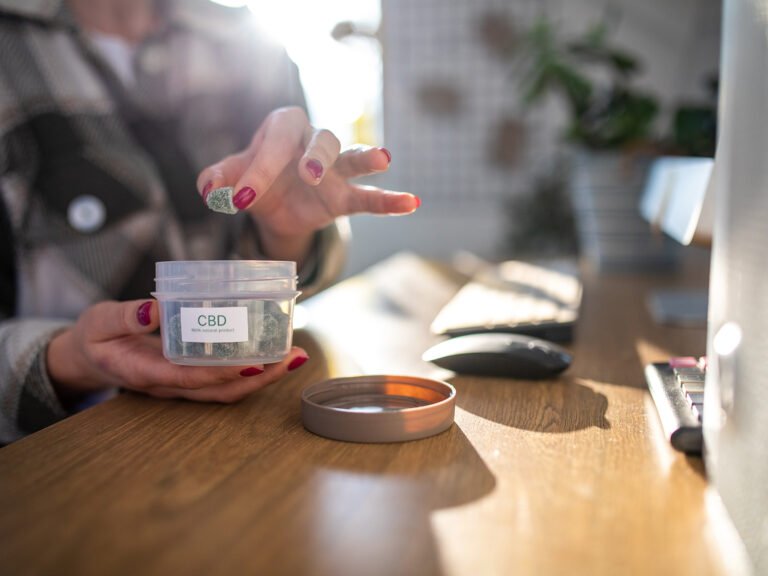How CBD Works In the Body (and Why Everyone’s Talking About it)
CBD (short for cannabidiol) has taken the wellness world by storm. Whether it’s your yoga instructor raving about CBD oils or your coworker recommending CBD-infused gummies for better sleep, it’s everywhere. But what exactly is it, and how does CBD work in the body? If you’re scratching your head wondering how this magical-sounding compound does its thing, you’re not alone—and we’re here to break it down for you.
CBD is a natural compound found in hemp and cannabis plants. But unlike THC (you know, the one famous for producing a “high”), CBD is non-psychoactive. It promises relaxation, focus, better sleep, and sometimes even glowing skin without making you feel like you’re floating among the stars. This blog will take a deep yet entertaining dive into how CBD works in the body. It is backed by science and sprinkled with a touch of humor.
Meet the Endocannabinoid System (ECS): Your Body’s Control Hub
Most people don’t realize this—you already have a system in your body designed to work with compounds like CBD. We call it the Endocannabinoid System (ECS), and it acts like your body’s personal DJ, expertly mixing the right beats to keep your mood, sleep, and immune responses in perfect harmony.
The ECS is made up of three key players:
- Endocannabinoids – These are naturally occurring molecules in your body; think of them as your internal “CBD.”
- Receptors – CB1 and CB2 receptors act like docking stations that interact with cannabinoids. However, CB1 receptors are mostly found in the brain, while CB2 receptors are found in the immune system and other parts of the body.
- Enzymes – They break down cannabinoids once they’ve done their job.
The ECS’s mission is simple: maintaining homeostasis (a fancy word for balance). Whether you’re stressed, sore, or just need a better night’s sleep, your ECS is there to help regulate things.
How CBD Works In The Body with the ECS (It’s More of a Helper, Not a Hero)
Now, here’s where CBD enters the scene. Unlike THC, CBD doesn’t directly bind to CB1 or CB2 receptors. Instead, it’s more like an orchestra conductor—helping your ECS perform at its best. Here’s what CBD does:
1. Boosts Endocannabinoids
CBD encourages your body to produce more of its own natural cannabinoids. Imagine getting a supportive teammate who’s always cheering you on.
2. Modulates Receptors
CBD influences how CB receptors respond to different signals. It’s like adding noise-canceling headphones to your life—lowering stress, pain, or inflammation “noise.”
3. Supports Enzymatic Balance
CBD prevents certain enzymes from breaking down endocannabinoids too quickly, making their effects last longer.
Pretty cool, right? You’re bringing a helping hand to a system you didn’t even know existed.
Science-Backed Benefits of CBD (What Can it Actually Do for Your Body?)
Think of CBD as your wellness Swiss Army Knife. While research is still ongoing, here are some of the ways CBD has shown promising results:
1. Pain Relief
Studies suggest that CBD can reduce chronic pain by influencing endocannabinoid activity, reducing inflammation, and interacting with neurotransmitters. Got sore muscles after a workout? CBD might be your new best friend.
2. Reduced Anxiety and Stress
Feeling like stress is your middle name? CBD interacts with serotonin receptors to promote calmness and reduce feelings of anxiety—no meditation app required.
3. Better Sleep
If you’re tossing and turning all night, CBD may help you fall asleep faster and stay asleep longer—without the morning grogginess. Finally, say goodbye to counting sheep.
4. Anti-Inflammatory Properties
CBD’s ability to reduce inflammation has made it a go-to solution for skin conditions, muscle recovery, and even autoimmune disorders.
5. Neurological Benefits
Research points to CBD’s potential in supporting brain health. It’s being studied for its role in conditions like epilepsy, multiple sclerosis, and even Alzheimer’s. While more studies are needed, the evidence so far is pretty compelling.
Forms of CBD and How They Work
CBD isn’t just a one-size-fits-all kind of deal. Here are the most common ways to use it—and why you might choose one over another:
1. Oils/Tinctures
CBD oils are perfect for quick absorption and are taken under the tongue. They are great for everything from stress to generalized pain relief.
2. Edibles
Think gummies or chocolates. These are fun and tasty, but they take longer to kick in since they pass through your digestive system first.
3. Topicals
Creams, balms, and lotions infused with CBD are ideal for localized use, like sore muscles or skin conditions.
4. Vapes
If speed is your priority, vaping CBD offers the fastest way to feel its effects. But keep in mind this isn’t the healthiest option for everyone.
5. Capsules/Pills
Capsules are easy to dose and incorporate into your routine, so they are an efficient no-fuss option.
Each form has perks, so pick what aligns with your lifestyle and needs.
Dosage and Safety Considerations (No, More Is Not Always Better)
When it comes to CBD, there’s no universal dosage. Your sweet spot depends on factors like weight, metabolism, and the issue you’re addressing. That said, here are some general guidelines:
- Start low and go slow: Begin with the lowest recommended dose on the product label and adjust as needed.
- Be consistent: Regular usage over time tends to yield better results.
- Consult your doctor: Especially if you’re taking medications or have an existing medical condition.
And yes, CBD is generally considered safe. The World Health Organization (WHO) has even stated that CBD is well-tolerated. That said, minor side effects like dry mouth, fatigue, or changes in appetite can happen, so listen to your body.
The Future of CBD (What’s Brewing?)
Research on CBD is accelerating, and discoveries are being made every day. Scientists are exploring its potential in cancer therapy, mental health, and even sports recovery.
One thing’s clear—CBD isn’t just a passing wellness trend. With a growing mountain of evidence and millions of people using it worldwide, it’s here to stay.
Wrapping it Up
CBD is your body’s perfect partner, working with your Endocannabinoid System to achieve balance and unlock wellness benefits you didn’t know possible. CBD offers a versatile and natural solution, whether you’re looking for pain relief, better sleep, or just a calmer mind.
If you’re new to CBD, start small, experiment with different forms, and, most importantly, enjoy the process. Wellness should never be stressful! And who knows your next favorite health ritual might just come from a tiny bottle of CBD.
Disclaimer: This article is for informational purposes only and should not be considered medical advice. Always consult with a healthcare professional before starting any new supplement or treatment.

